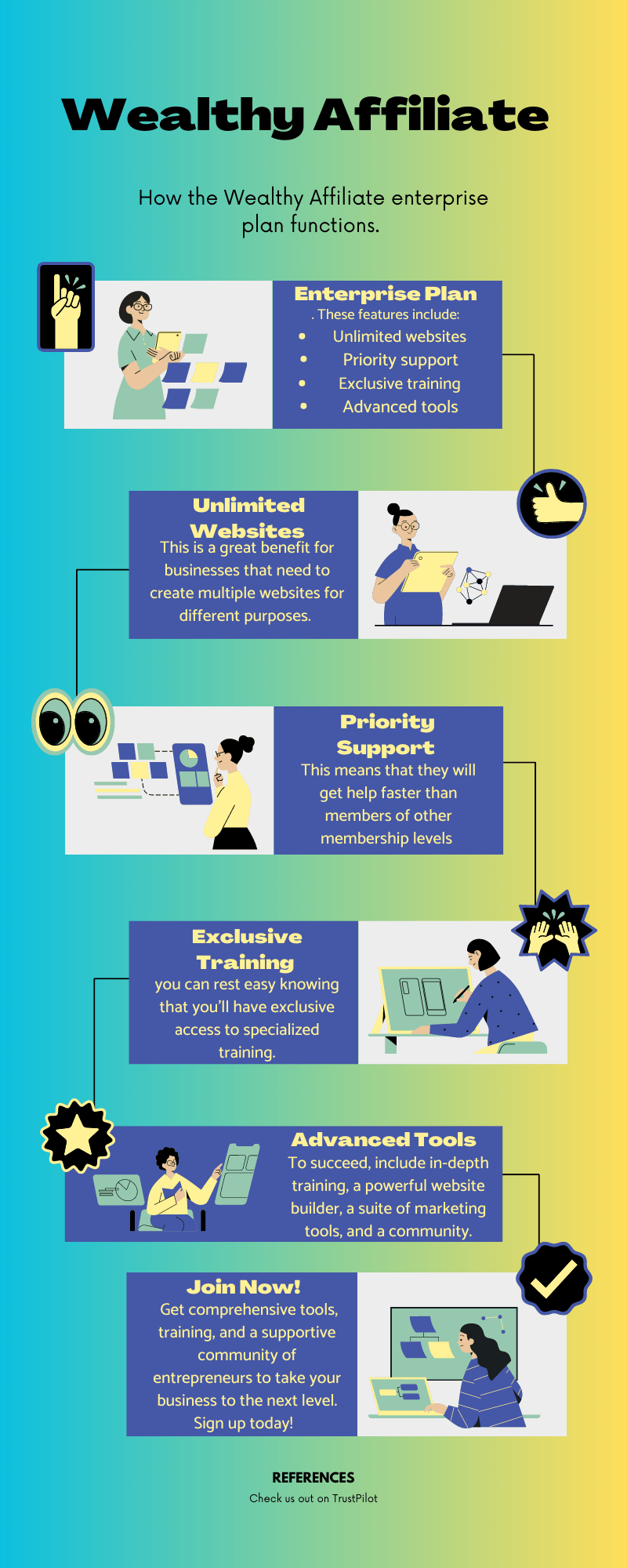Website traffic is like the lifeblood of your online presence. It’s all about the number of visitors landing on your website and interacting with your content. The more traffic you get, the more potential customers you’re likely to reach. But why does this even matter? Well, high traffic often means more sales, ad revenue, or whatever your website is aiming for.
Now, let’s break this down. There are different types of traffic: organic, direct, and referral. Organic traffic comes from search engines like Google. Direct traffic happens when people type your URL right into their browser. Then, there’s referral traffic that hits your site from links on other websites. Each type plays its role in making your website successful.
The impact of traffic on your online presence is huge. High traffic boosts your site’s visibility and trustability. More visitors can lead to more shares, more customers, and a thriving business. It’s like casting a wider net to catch more fish, where each visit is a chance to convert a visitor into a loyal follower or customer.

The Basics of SEO: Your Traffic Growth Ally
SEO stands for Search Engine Optimization. It’s all about tweaking your site to show up higher in search results. When people search for things online, they rarely look past the first page. So, the higher your site ranks, the more eyeballs it catches.
Let’s walk through some key principles. Firstly, SEO isn’t just about jamming keywords into your text. It involves creating quality content that answers the questions people are searching for. It also means ensuring your site is user-friendly, loads fast, and is mobile-optimized.
Effective SEO impacts website traffic drastically. The better your SEO, the more people will find your site organically. That means more potential customers. Think of it like setting up shop in a mall versus a deserted alley. SEO helps you find that premium spot where all the traffic flows by.
Remember, SEO should be part of your long-term strategy. It’s not a one-time thing. The digital landscape keeps changing, and SEO helps your site stay relevant and findable during those changes. As you grow your online presence, SEO ensures your site remains an attractive and accessible option above your competitors.
Mastering Keyword Research for Maximum Impact
Keyword research is where the magic happens. Think of keywords as the bridge connecting what people search for to what you have on your website. When you understand the right keywords, you’re halfway to getting your site noticed.
So, how do you go about finding these magical words? There are tools out there, such as Google Keyword Planner or SEMrush. They help you see what people are searching for, how often, and how tough the competition is for those words.
But it’s not just about picking popular words. You need to find the right fit for your content and audience. If you’re running a baking blog, you wouldn’t focus on tech-related keywords. Stick to what matches your site’s focus, like “:easy bread recipes” or “best cake decorating tips.” These are more likely to snag the right kind of traffic.
Using these keywords smartly is key. They should flow naturally in your content. Forcing them in where they don’t fit can do more harm than good. They should feel like a natural part of your dialogue with your reader, adding value and relevance.
As you master keyword planning, you’ll see it as a trusty tool in growing your website traffic. It helps attract the people who need exactly what your site offers, nurturing your online presence in a sustainable way.
Choosing the Right Website Builder
Picking a website builder might seem like a daunting task with so many options out there. But finding the right one can make all the difference in your site’s success and traffic growth.
Look for a builder that offers easy customization. You don’t want to be stuck with a cookie-cutter site that doesn’t stand out. Check if it provides templates that fit your brand and can be personalized to your style.
Another important feature is SEO friendliness. A good website builder should allow you to easily optimize each page for search engines, helping you climb up those rankings.
Consider the builder’s customer support and community. A solid support system can be a lifesaver when you’re troubleshooting issues, and a good community can offer tips and tricks to enhance your site.
Some popular options include WordPress, Wix, and Squarespace. Each has its strengths. WordPress is highly flexible for plugins and customizations. Wix offers a user-friendly drag-and-drop interface. Squarespace shines with its beautiful design templates.
Remember, your choice should align with your website goals. Whether you’re aiming for a sleek portfolio, an engaging blog, or a dynamic shop, the right builder will pave a smoother road to increased traffic.

Content Creation: The Heartbeat of Traffic Growth
Creating quality content is crucial for drawing people to your site and keeping them engaged. It’s like the main dish that keeps visitors coming back for more. The better your content, the more likely visitors will share it, boosting your traffic naturally.
Content needs to be engaging and easy to read. Imagine you’re writing for someone around an 8th-grade level. Use simple language and break down complex ideas into bite-sized pieces. This way, more people can understand and enjoy your content.
When writing, weave your keywords naturally into the text. This isn’t about cramming them in wherever they fit. Instead, use them in a way that fits naturally within your topics, making the content feel seamless and relevant to both the reader and search engines.
Think beyond just text. Consider adding visuals, like images or videos, to spice things up. They help break up content and keep readers interested. Plus, good visuals can make your message clearer.
Regularly updating your content is another great tactic. It keeps your site fresh and shows search engines that your information is up-to-date. This can enhance your site’s ranking, drawing even more visitors.

Leveraging Social Media for Website Traffic
Social media platforms are like bustling city squares where everyone gathers, making them perfect for driving traffic to your website. A thoughtful social media strategy can turn followers into regular visitors and customers.
Linking your social media presence with your website is a great start. Include your website links in your social media profiles and posts to direct traffic back to your site. The easier you make it for people to find your site, the more likely they’ll click through.
Engage with your audience actively. Respond to comments, ask questions, and create content that encourages interaction. These interactions keep your audience interested and invested in your brand. When people feel connected, they’re more likely to explore your site.
Share content that resonates with your followers. Buzzworthy topics, captivating visuals, and trending hashtags can spur shares and reposts, amplifying your reach beyond your current followers. Consider promotions or competitions that entice audiences to visit your site.
Real-life success stories can be inspiring. Look at businesses that have soared using social media to draw in visitors. Learn from their strategies and apply similar tactics to your plans. With the right social media approach, you can help boost traffic and brand awareness effectively.
Analyzing Traffic with Website Analytics
Website analytics tools are powerful in helping you understand your site traffic. They tell you where visitors are coming from, how they interact with your site, and what keeps them engaged. With these insights, you can fine-tune your strategies to draw even more traffic.
Getting started involves choosing the right analytics tool. Google Analytics is a popular choice, offering heaps of data on visitor behavior and site performance. Other options like SEMrush or Adobe Analytics can also provide valuable insights.
Some key metrics to keep an eye on include page views, bounce rate, and average session duration. Page views show which areas of your site are most popular, while bounce rate indicates if visitors are leaving too quickly. A high bounce rate might mean your site’s not holding their interest, pointing you toward content or design improvements.
Average session duration tells you how long visitors stick around, hinting at how engaging your content is. Keep track of traffic sources, too, so you know where your traffic is coming from, helping you optimize your marketing efforts accordingly.
Analytics are all about data-driven decisions. Use the information to tweak your content, improve user experience, or adjust your SEO strategy. As you analyze and adapt, you’ll likely see your traffic numbers grow in a positive direction.

Consistent Optimization: Keeping the Growth Alive
Keeping your website optimized is key to maintaining a steady stream of visitors. A well-optimized site not only attracts new users but also keeps existing ones coming back.
Regularly performing site audits is a smart move. This involves checking page load speeds, ensuring mobile compatibility, and fixing broken links. Faster, more accessible sites offer a better user experience, which keeps visitors engaged and satisfied.
Updates shouldn’t just be about fixing technical issues. Refreshing content is equally important. Update old content to keep it relevant, add new images or links, or even revamp entire sections to better serve your audience.
SEO is not a once-and-done deal. Search algorithms evolve; staying updated with these shifts is crucial. Subscribe to SEO news sources or follow industry leaders to keep your strategies fresh.
Improving user experience should always be a priority. Consider features that enhance navigation or layout, like simpler menus or more intuitive design. Happy users are more likely to become loyal site visitors and promoters.
By consistently optimizing your site, you maintain its relevance and usability. This ongoing effort not only keeps current visitors engaged but also helps attract new ones, ensuring long-term traffic growth.

A Look at Wealthy Affiliate
As we wrap up, it’s clear that growing website traffic involves a mix of strategies, from leveraging SEO and social media to consistent site optimization and engaging content creation. Each step plays its role in building a dynamic online presence.
Integrating these strategies helps sustain and nurture your traffic growth over time. It’s not just about quick fixes but developing approaches that work together to drive meaningful engagement and visitor loyalty.
Suppose you’re looking to explore further and dive deeper into affiliate marketing or online business growth. In that case, Wealthy Affiliate might just be your next step. It’s a platform designed to support you through learning and expanding your digital footprint. With tools, training, and a community ready to help, it’s an excellent spot for anyone eager to learn and grow online. Whether you’re starting out or looking to refine your online strategies, Wealthy Affiliate could be your partner in attaining success.
Where to Source Testimonials
- Wealthy Affiliate’s Website/Blog: There are likely success stories showcased here.
- Trustpilot: See what genuine users are saying: https://www.trustpilot.com/review/wealthyaffiliate.com
- Social Media: Search for relevant hashtags on Twitter, Facebook groups, etc. Reach out directly to users expressing praise for the program.
Expanding on the Wealthy Affiliate Experience
One of the standout features of Wealthy Affiliate is its comprehensive training modules that cater to various skill levels. Beginners can take advantage of step-by-step guides that demystify the complexities of affiliate marketing, while more experienced members can delve into advanced strategies that optimize their existing efforts. The rich library of resources covers everything from keyword research to effective content marketing techniques, making it a valuable resource for anyone serious about building their online business.
Moreover, the community aspect cannot be underestimated. Engaging with like-minded individuals who share your passion can provide the motivation and encouragement needed to push through challenges. Participating in forums, live webinars, and networking events creates a collaborative environment where members can exchange ideas, troubleshoot problems, and celebrate successes together. This camaraderie fosters growth and inspires continued learning, ensuring that members don’t feel isolated on their digital journey.
Another critical component of Wealthy Affiliate is its robust set of tools tailored for digital entrepreneurs. From website hosting to affiliate link tracking, users have access to a variety of resources that streamline the management of their online businesses. These tools simplify technical aspects, allowing members to focus more on creating content and engaging with their audience, which is crucial for long-term success.
Ultimately, the journey of affiliate marketing is not a sprint but a marathon. It requires persistence, adaptability, and a willingness to learn continuously. Wealthy Affiliate encapsulates this ethos by providing a supportive framework that promotes both individual and collective growth.
In conclusion, if you’re ready to embark on or elevate your affiliate marketing journey, exploring Wealthy Affiliate could be an invaluable step toward achieving your goals. With the right resources, a supportive community, and a wealth of knowledge at your fingertips, the possibilities for growth and success are limitless. By embracing this platform, you’ll be well-equipped to navigate the ever-evolving landscape of online business and carve out your path to financial freedom.
—
Martin
—



